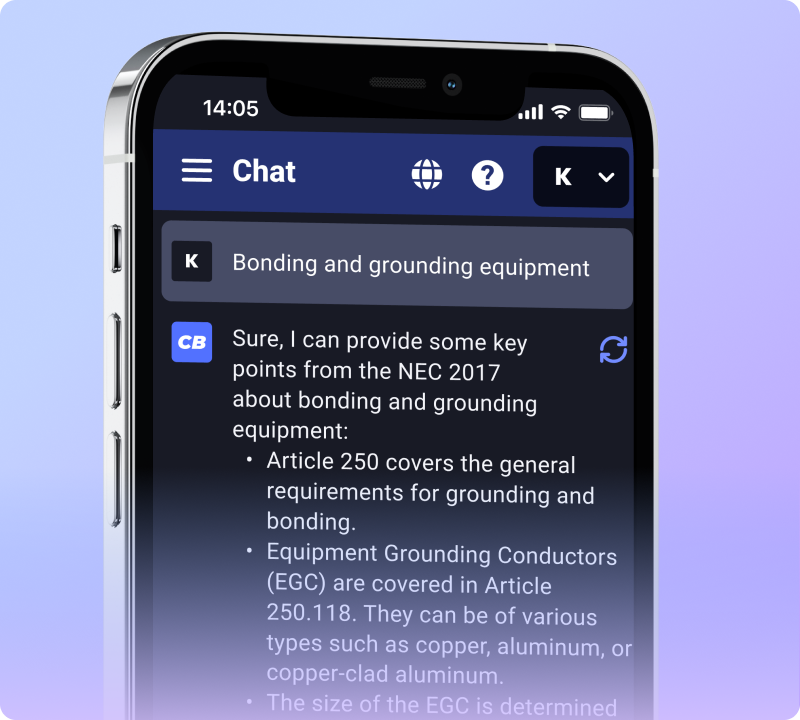Struggling with pipe bends? Precision bending is a must for many projects. This article teaches essential techniques for accurate metal pipe shaping, focusing on tools and methods.
Read on to master your skills!
Key Takeaways
- Cold bending and hot bending are two main methods for pipe bends. Cold is at room temperature and cheaper. Hot uses heat to soften the metal for tighter bends.
- Choosing the right tools and materials, like high-quality alloys and metals, is very important. Tools like mandrel pipe benders help make smooth bends.
- Before bending pipes, measure twice and mark where you want to bend. This helps avoid mistakes.
- Knowing your materials well makes a big difference in pipe bending success. Each type of metal needs different skills and tools for best results.
- Practice leads to better skills in pipe bending. Use precise measurements, proper techniques, and quality materials for great results.
Techniques for Precision Pipe Bending
Techniques for precision pipe bending are key to getting the job done right. You need to choose the correct method and tools for your specific project.
Types of bending methods (e.g. cold vs. hot)
Pipe bending has two main methods: cold bending and hot bending. Cold bending happens at room temperature. It is often easier and cheaper for small adjustments. Hot bending uses heat to soften the metal.
This method allows for tighter bends without breaking the material.
Choosing between these methods depends on your project needs. For conduit pipe bending, both techniques can work well with proper care. High-quality alloys and metals help achieve better results in both processes.
Each method provides unique advantages, so understanding them is key to precision in tube bending.
Choosing the right equipment
Choosing the right equipment is key for precision pipe bending. Electricians need tools that suit their materials and techniques. A good bending machine can make a big difference. For instance, mandrel pipe bending is a precise method used in many industries.
It helps create smooth bends in pipes.
Select high-quality bending tools to ensure accuracy. Understanding the properties of metals like aluminum will guide your choice. High-quality alloys give better results when bending.
Measuring twice before you bend once leads to successful outcomes. The right tubing manipulation tools support effective bends and improve efficiency in metal fabrication tasks.
Preparing for the bending process
Preparing for the bending process starts with accurate measurement and marking. Measure twice to ensure you get it right. Mark every spot where you will bend the pipe. The choice of materials matters too.
Use high-quality alloys and metals for better results in precision tube bending.
Gather all your tools before starting. Ensure that the equipment is suitable for the type of metal you are using, whether it’s roll bending or aluminum tube manipulation. Having everything ready helps make the process smoother and faster.
Follow proper guidelines to achieve professional bends in your work as an electrician, keeping in mind that practice leads to skillful and precise bends in tubes and pipes.
Expert Tips for Mastering Pipe Bending
Master pipe bending by knowing your materials well. Measure and mark carefully for the best results.
Understanding materials and their properties
Choosing the right materials is key for precision in pipe bending. High-quality alloys and metals give better results. Knowing how different materials behave helps with bending techniques.
For example, aluminum tube bending requires specific skills and tools. Each material has its own properties that affect bends.
For accuracy, always measure twice before making a bend. This simple step can save time and reduce waste. Proper understanding of these materials leads to professional results in industrial craftsmanship.
The right choice also ensures smooth and accurate bends, especially with mandrel pipe bending techniques.
Proper measurement and marking
Proper measurement and marking are crucial for precision in tube bending. Accurate measurements help ensure each bend is correct. Measure twice and bend once to avoid mistakes. Mark clearly on the metal pipes where you need to bend.
Use a straight edge for neat lines.
Choosing high-quality materials, like alloys and metals, also aids in achieving precise bends. Understanding their properties can make a big difference during the bending process. With good preparation, you will master professional pipe bending techniques more easily.
Consistency and precision in bending
Accuracy is key in pipe bending. Consistent results depend on precise measurements and proper techniques. This ensures you get the same bend every time. It is important to measure twice and bend once.
Using high-quality materials helps achieve better bends too. Understanding the properties of metals aids in precision engineering. Techniques like mandrel pipe bending create smooth shapes without kinks.
Mastering these skills requires practice and attention to detail, which leads to professional results in tube bending processes.
Conclusion
Mastering pipe bending takes practice and skill. Focus on accurate measurements and choose the right materials. Using proper tools makes a big difference in your bends. Keep learning and refining your techniques for better results.
Precision is key to great pipe work!
FAQs
1. What is the essence of mastering the art of pipe bends?
Mastering the art of pipe bends involves precision bending techniques and intricate pipe shaping skills which are vital in precision manufacturing.
2. How important is tool selection in achieving expert tube bending?
Selecting the right bending tool plays a crucial role in expert tube bending. The correct tools, coupled with mechanical bending methods, can ensure precise and artisanal pipe shaping.
3. Can welding techniques improve my metalworking skills for tube bending?
Yes, understanding welding techniques helps enhance your metalworking skills, making you more proficient in creating precise bends on tubes using different equipment.
4. What’s roll bending process role in precision manufacturing?
The roll bending process is essential for intricate shaping and forms a significant part of precision manufacturing due to its ability to create exact curves and angles on pipes.

